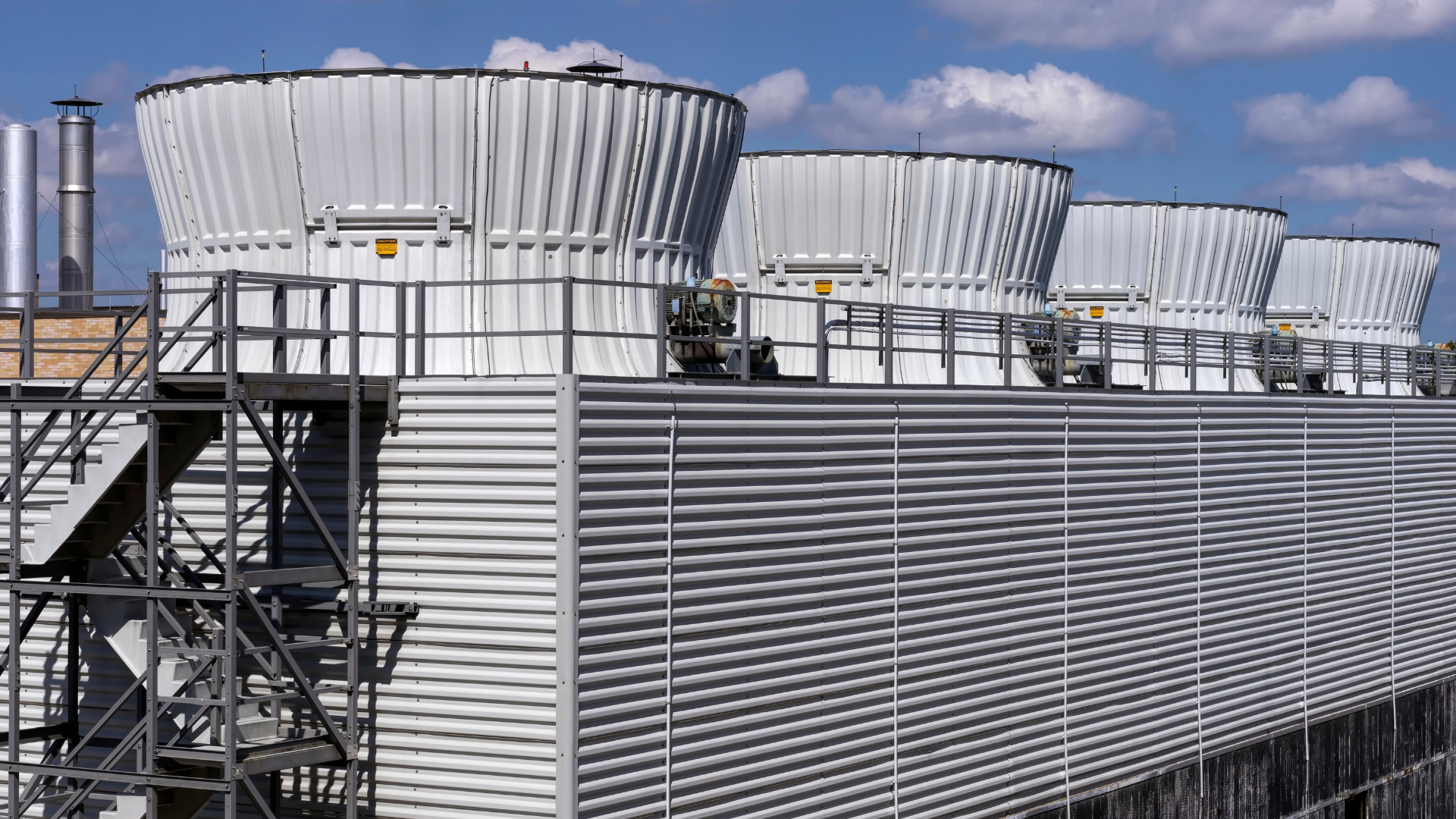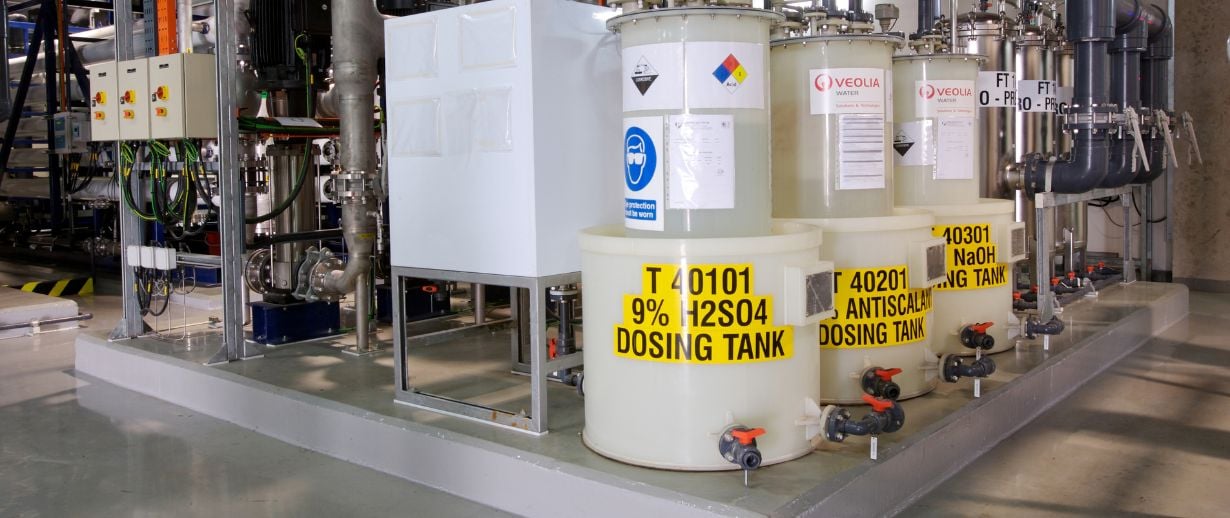Legionella bacteria in building water systems can lead to the potentially fatal Legionnaires' disease. Controlling and preventing Legionella contamination is crucial for compliance and occupant safety. But how can building owners and managers effectively manage Legionella risks? This guide covers proven strategies for Legionella control.
Legionella bacteria can be found in natural water sources but usually in small numbers, meaning there is minimal risk. The same is true of water systems within buildings, but under certain conditions, the bacteria can multiply. When this occurs, Legionella can present a hazard to human health. The dangerous, and potentially fatal, Legionnaires’ disease is caused by an individual inhaling droplets of water containing the bacteria.
Those responsible for the building have a duty to protect workers from such hazards under the Health and Safety at Work Act 1974. Additionally, the Control of Substances Hazardous to Health (COSHH) regulations require businesses to take full responsibility for any hazards that occur as a result of their operations.
Legionella is an issue for almost any type of building as there are many possible areas where Legionella bacteria can grow if not managed correctly. The bacteria particularly thrive in water that is between 20ºC and 45ºC as well as water that is stored or re-circulated for extended periods of time. The hot and cold water supplies that are used for equipment cleaning, hand-washing and showering are potential sources if the hot water drops below 45ºC or the cold water temperature rises above 20ºC where it is stored or as it is piped around the building.
Cooling towers are another type of system that can become contaminated with Legionella. If cooling water does become contaminated, it is possible for droplets carrying the bacteria to be dispersed over a wide area and potentially expose both the employees on site and people in the neighbouring areas.

In addition, buildings where occupancy varies significantly must be managed carefully as a water system that is left for a period of time can become contaminated. For example, in office buildings with a hybrid workforce, it can be a challenge to manage legionella risk due to the varied nature of the occupancy and use of systems. Other examples include schools, colleges and university buildings, and in particular student accommodation that is unused during the summer months. Sports and event facilities that are only used sporadically are also a potential area of concern. The same applies to any water-containing system or equipment that is temporarily decommissioned and later brought back into service.
Legionella best practice

The approach taken to managing Legionella compliance will depend on the type of systems and the risks present. To understand the specific issues for a given building or site, a Legionella risk assessment should be carried out regularly. The Health and Safety Executive’s (HSE) guidance notes that this should also be carried out when there is reason to believe that the previous assessment is no longer valid. This could be because of a change in use in the system or building or that new information indicates that existing control measures may no longer be effective. It is important that an experienced person with the required knowledge carries out the Legionella risk assessment. For a reliable and comprehensive evaluation, it is always recommended that a member organisation of the Legionella Control Association is selected.
Once any risks have been identified, steps can then be taken to address them. The first and most important factor is ensuring that the system is designed and operates in a way that minimises the opportunity for bacterial growth. For example, ensuring that both hot and cold water are stored and circulated at temperatures that prevent growth and that the water is replenished frequently enough to avoid stagnation. For buildings or parts of buildings that are not in continual use, this may include turning outlets on periodically to manually flush and replenish the water in the pipework.
In addition, where equipment such as cooling systems are temporarily shut down, a biocide should be circulated through the system regularly – at least once a week – in line with the HSE guidelines. Where the system is to remain unused for a longer period of time – more than one month – it should be fully decommissioned in line with the same guidance.
For many types of systems, one of the most effective approaches to Legionella control is the ongoing use of water treatment chemicals, such as products from our Hydrex range. When dosed correctly, these can effectively prevent the growth of Legionella bacteria. Working with an experienced water treatment specialist can help those responsible for the systems to ensure that the optimum levels of chemicals are added to ensure effective treatment while minimising costs.

Regular inspections and tests are a key part of ensuring Legionella is controlled effectively so it is always advisable to partner with a specialist who can offer a package of Legionella services. Alternatively, where the on-site team has the required skills, specialists who have flexible service offerings may be able to supply the necessary chemicals as a standalone service. The water treatment specialist may also offer training to members of the team to help them understand and manage the Legionella risks better themselves.
Digital monitoring of the systems can also be a valuable tool in ensuring Legionella compliance. Working with the water treatment specialist, sensors can be installed on key pieces of equipment to monitor the water parameters. This can provide timely notification of any issues and allow the problem to be addressed swiftly. For example, we have previously used our remote monitoring system, Hubgrade, to quickly detect issues with chemical dosing equipment that may have otherwise gone unnoticed until the next inspection.

Robust control measures alongside, regular, fully documented inspections and remote monitoring data can help ensure peace of mind. Furthermore, if there is a case of Legionnaires’ disease linked to the local area, this documentation and data helps to quickly prove that the building or business is not the source of the contamination.
Legionella bacteria contamination is a serious issue for any type or size of building. Working with a specialist water treatment solutions provider can help ensure the risks are identified and addressed effectively to assure full compliance and provide peace of mind to those responsible for the safety of the building.
Contact one of our experts to protect your building's water from Legionella, here.